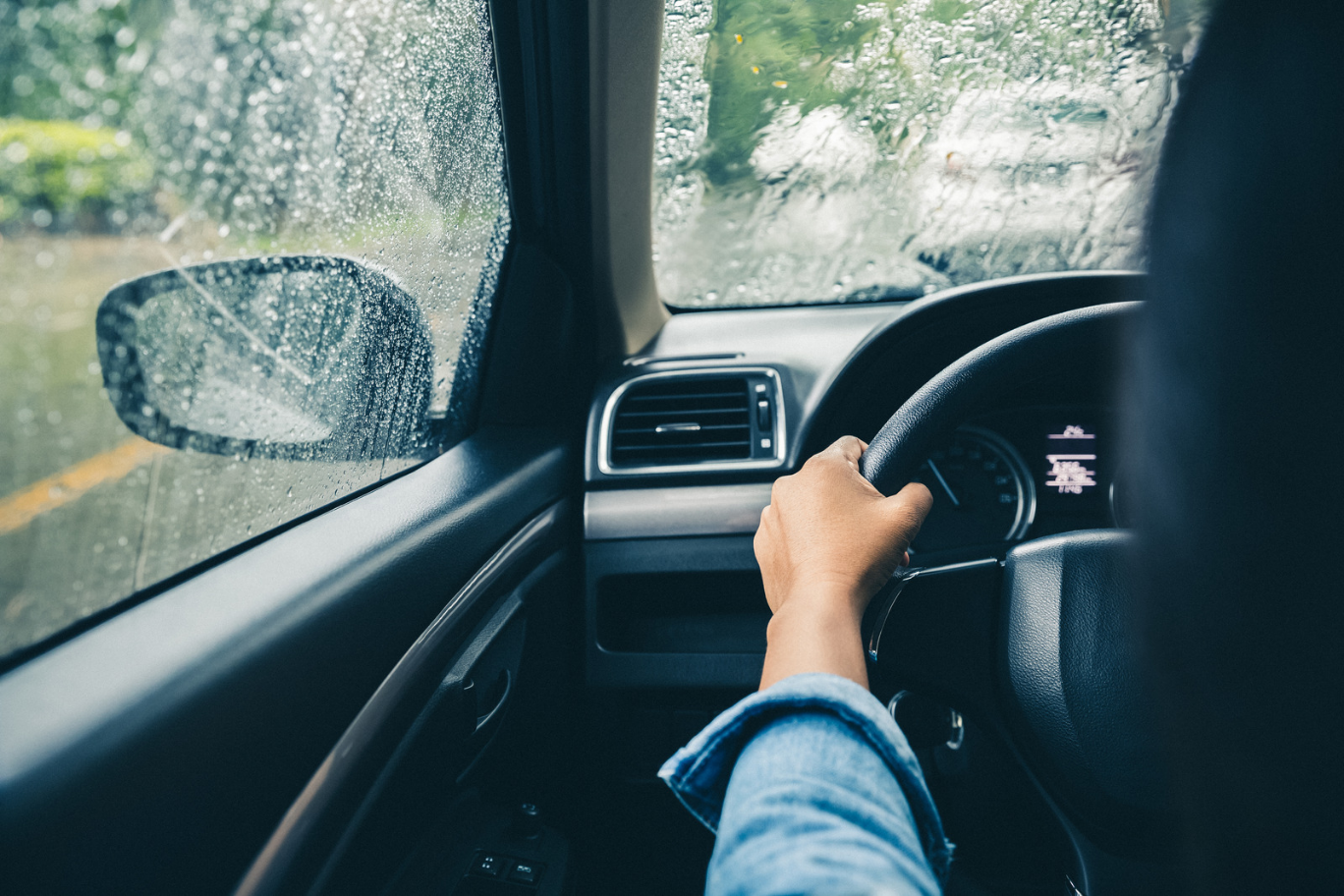
6 Tips for driving safely in the rain

Practical steps to take during and after a car accident
March 30, 2021
Increase your engine’s performance with these 10 tips
April 27, 2021As we head into our inter-monsoon season, drivers need to prepare themselves and their cars for some unpredictable weather conditions. With strong winds, heavy rain and lightning, our visibility on the road, roadside awareness and the ability to control our vehicles could be compromised. To ensure that you are driving as safely as possible, follow our tips below!
Unpredictable weather can throw a spanner in the works, but here is how you can still proceed with caution!
Dos when driving in heavy rain
1) Slow down
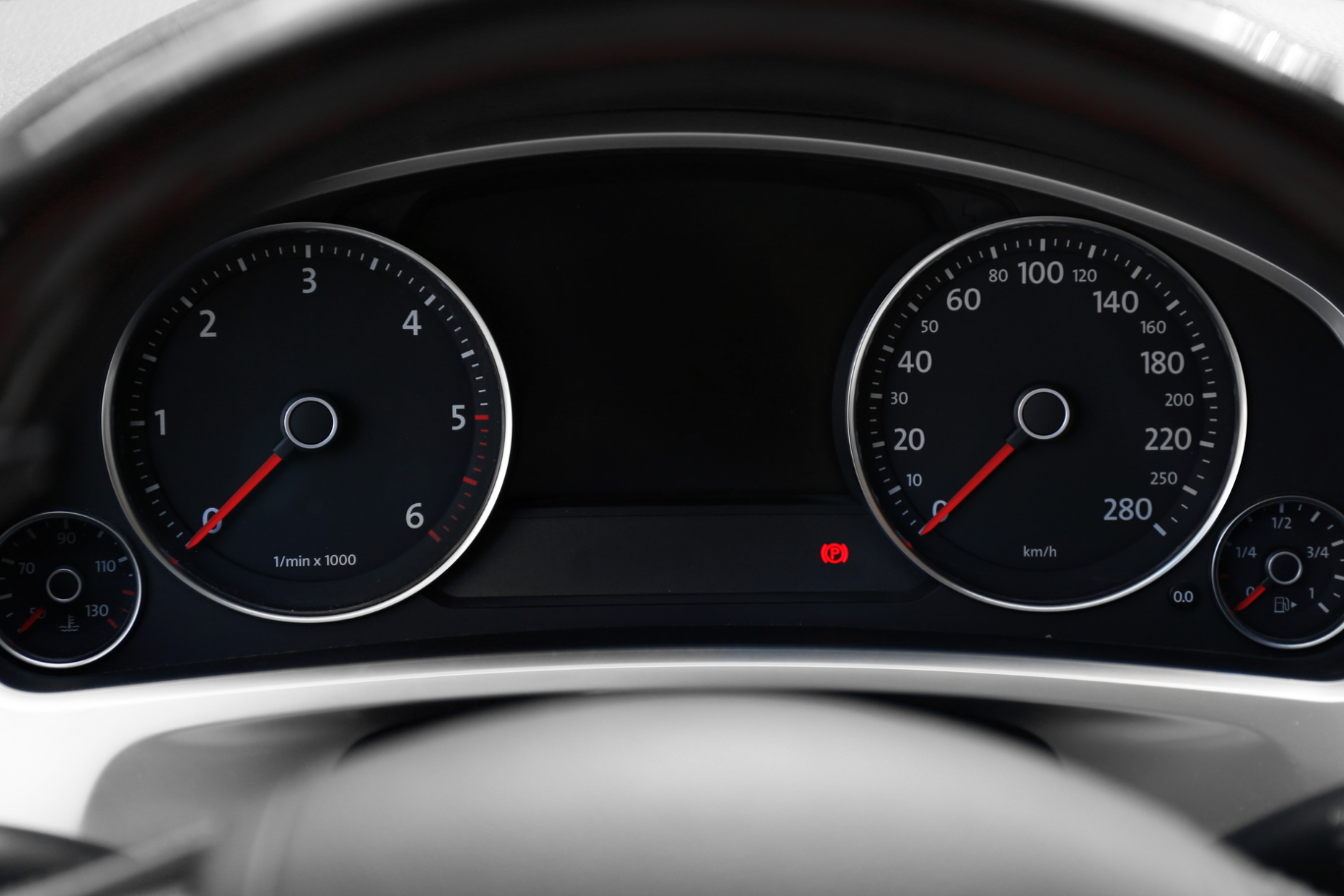
Carefully slowing down is one of the best things you can do when driving through the rain. Rain can cause a decrease in visibility and traction—by slowing down, you can allow yourself to prepare should you encounter road hazards like potholes or other natural debris.
Slowing down can also decrease your risk of hydroplaning, where your tyres lose contact with the road, making it a lot more difficult to steer, accelerate or brake. If you do feel your car hydroplaning, do not brake or turn your wheels suddenly as you will lose control. Instead, hold the steering wheel straight and gently slow down until you feel your tyres grip again. Remember, it is much more important that you get to your destination safely, even if it makes you late.
2) Plan your journey
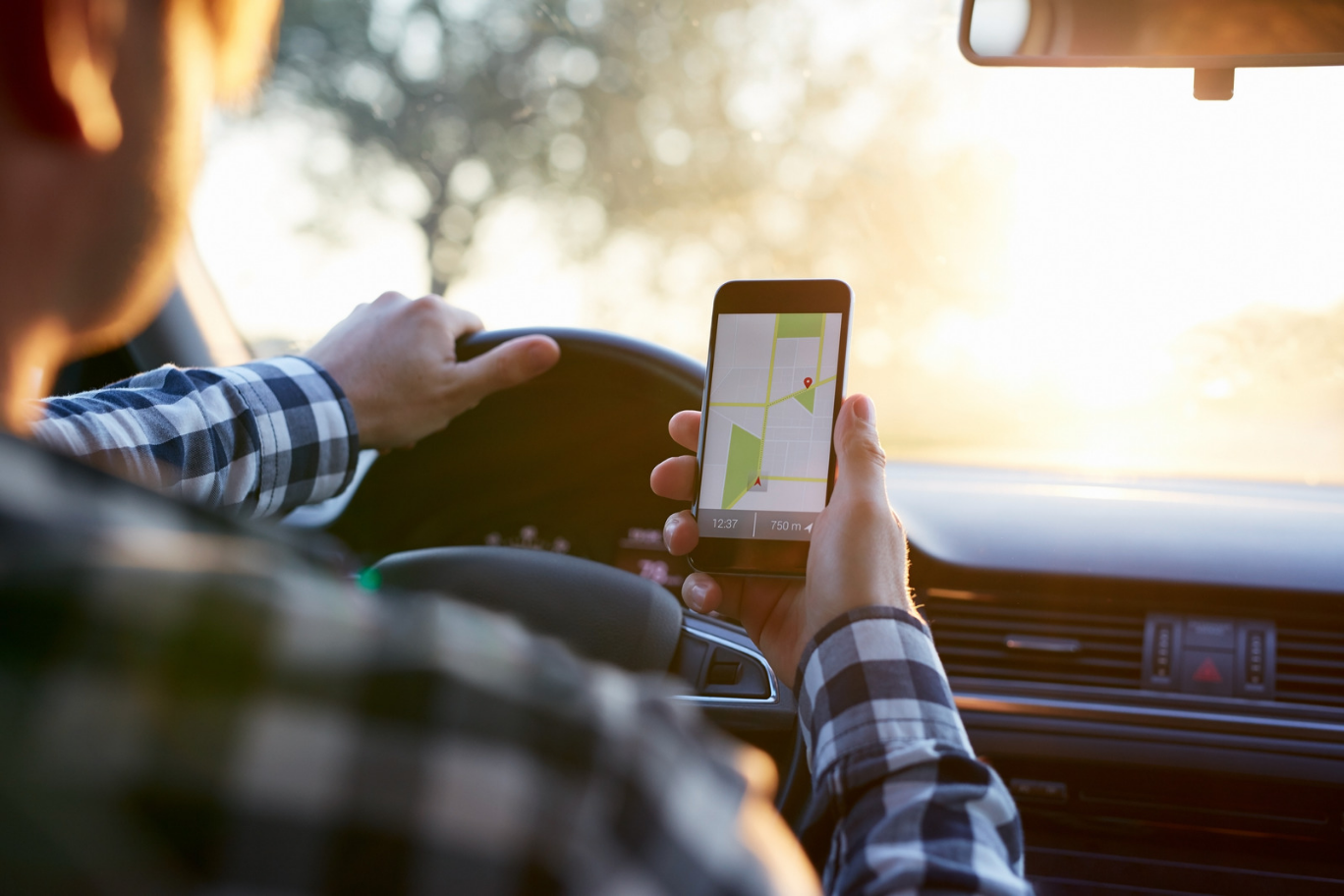
Having a route to follow is greatly beneficial when driving in the rain. It is highly recommended to set your GPS ahead of time. You need your full focus when driving through heavy rain and needing to check for directions only provides you with more distractions.
It is also best to avoid driving into new or unfamiliar areas in the rain. Since your visibility is limited, small street signs may be harder to find and read. This could result in you getting lost and feeling frustrated, leading to lowered attention and leaves room for potential accidents.
3) Check your car
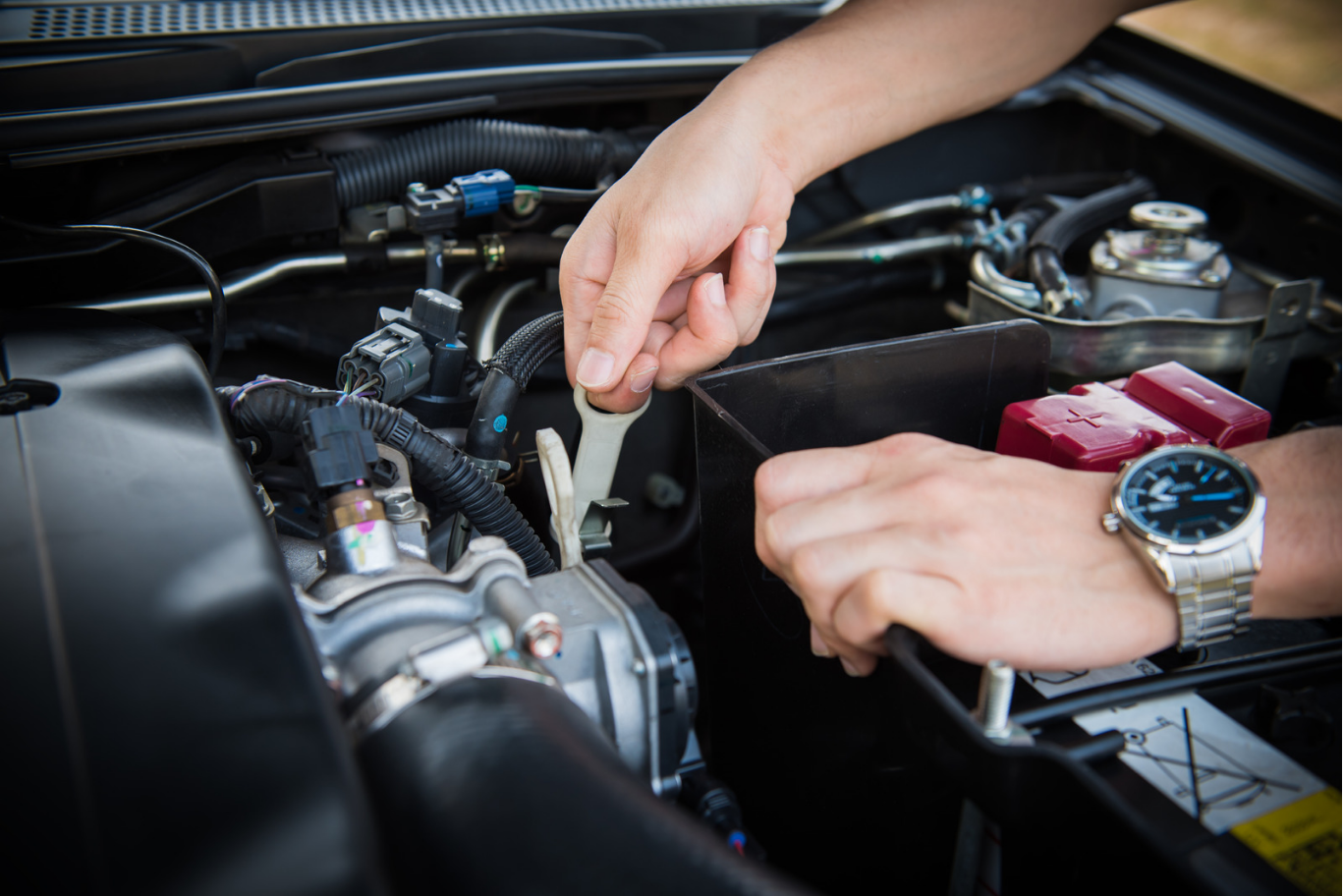
If you know ahead of time that you will be encountering unpredictable weather, it is vital to check your engines and brakes before starting your journey. You want to avoid getting trapped in the rain as much as possible. Ensure that nothing is amiss so the likelihood of your car breaking down is minimised. It is also worthwhile to check for other essentials in your car like your car toolbox, some water and a first aid kit.
After safely arriving at your destination, you should check to see if the rain has done any damages to your car. Brakes tend to lose their grip when soaked with water. So, to help return it to its optimal state, pump your brake pedal a few times. If you feel as if your car jitters when idle or struggles to accelerate after driving in the rain, water might have entered your engine. You can check this through your oil dipstick. If the oil looks diluted, milky or beige, please visit us as soon as possible to avoid further damage.
Don’ts when driving in heavy rain:
1) Panic

When it starts to pour, do not freak out! Driving in an uneasy state can cause unreliable judgements and dangerous decisions. Keep your attention on the road and try to stay calm. When you are panicking in the driver’s seat, you are far more likely to make dangerous decisions such as slamming on your breaks, which can result in accidents. Being flustered can also make you less cautious and less aware of the cars around you.
If you are struggling to see the road clearly or feel like you are unable to keep calm, carefully pull over to the side while you wait for the rain to slow before resuming your drive.
2) Get impatient
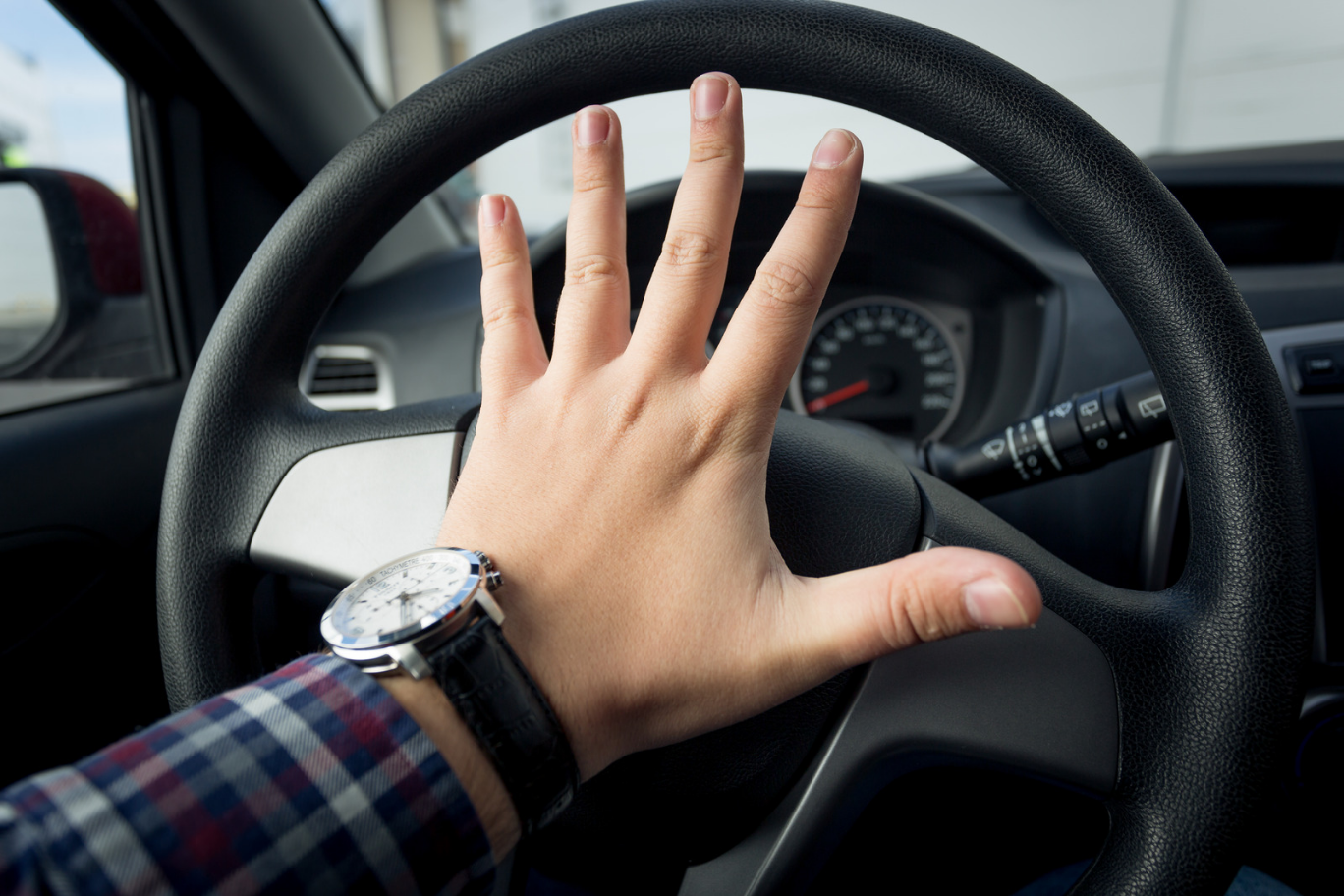
As mentioned above, it is advisable to slow down when driving in the rain and some drivers may slow down more than others. Though this may be frustrating, it is highly important to keep calm and not get impatient with other drivers on the road. It may be tempting to weave through some drivers, but when this is done carelessly, it can put you and other drivers on the road in danger. Even if you feel as if you are an experienced driver, unpredictable weather can put you in new, foreign situations like strong wind or different obstructions, which can cause accidents.
3) Turn on your hazard lights

It might be tempting to switch on your hazard lights to show other drivers where you are on the road more clearly. However, this is a dangerous practice and will cause more damage than good. Turning on your hazard lights confuses other drivers as it makes them think that your car is stationary. This may cause them to swerve or brake unnecessarily.
Using your hazard lights while driving also makes your indicator lights harder to see and makes it difficult for other drivers to judge the distance between their cars and yours. Overall, using your hazard lights while driving just confuses other drivers on the road, gives more room for error and puts everyone at risk.
Now that you know some of the best practices for driving in the rain, ensure you follow through so we can all keep our roads safer this upcoming monsoon season. To stay prepared for all weather conditions, book an appointment with us here to ensure your vehicle is working to its fullest potential to keep you safe!
